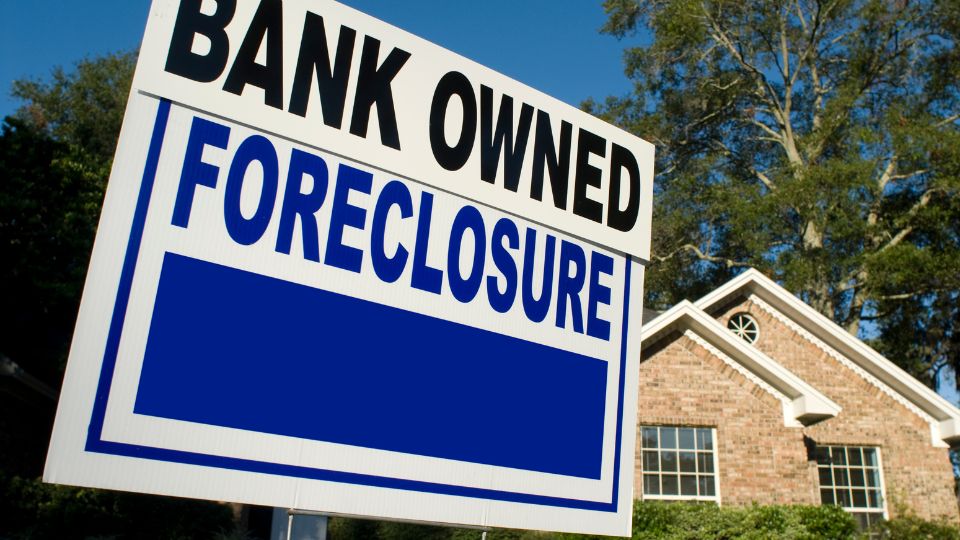The recent surge in refinancing is driven not just by lower rates but also by the psychology of refinancing, as homeowners rush to secure better terms before rates rise again. In fact, the U.S. mortgage market has seen a sharp increase in refinancing applications, driven by the significant drop in mortgage rates.
The average 30-year fixed mortgage rate has now fallen to around 6.13%, its lowest point in two years, sparking a refinancing frenzy that has caught the attention of homeowners nationwide. Refinancing applications surged by 20% last week alone, and compared to the same period last year, refinancing demand is up by a staggering 175%
However, beyond the tangible financial benefits of securing a lower rate, there’s another force driving this wave of refinancing: the psychology of refinancing. The perception of future interest rates, the allure of short-term savings, and the emotional response to a lower rate can heavily influence refinancing decisions.
Let’s explore the psychological factors that are prompting homeowners to seize the refinancing opportunity now.
The Psychology of Refinancing and the Fear of Future Rate Increases
Psychologists have extensively researched FOMO (Fear of Missing Out), identifying it as a phenomenon that arises from the anxiety of feeling left out or missing opportunities that others are experiencing. Studies have found that FOMO often leads to heightened social comparison, impulsive decision-making, and increased stress as individuals strive to stay connected with what they perceive others are doing to avoid missing rewarding experiences or benefits.
In the context of the refinancing surge, FOMO plays a crucial role in driving many homeowners to act quickly. As stories circulate of friends and neighbors securing lower rates, the fear of missing out on these financial benefits pushes homeowners to refinance, even if they aren’t fully sure about the long-term gains. This sense of urgency is amplified by widespread media coverage of falling rates, making homeowners worry that delaying their decision could result in missing the opportunity to lock in favorable terms before rates potentially rise again.
While rates have decreased steadily, many homeowners are motivated by the fear that these favorable conditions might not last. Even though experts predict that rates could remain relatively low as the Federal Reserve continues its rate-easing policies, the uncertainty surrounding the economy and inflation has left homeowners feeling that they need to act quickly to lock in better terms.
Mike Fratantoni, Chief Economist at the Mortgage Bankers Association, noted the significance of the Federal Reserve’s recent 50 basis-point rate cut in September 2024, remarking, “The FOMC lowered rates by 50 basis points at its September meeting and signaled that this is the first cut in a series that should bring rates down by about 2 percentage points by the end of 2025″
This cut has fueled expectations of further rate reductions, heightening homeowners’ urgency to refinance before the opportunity fades, illustrating a key aspect of the psychology of refinancing.
Related: Gold Price Surge Amid Falling Interest Rates: Is This the Perfect Storm?
How Lower Rates Impact the Psychology of Refinancing
There’s a certain allure to the idea of getting a lower rate, even when the actual difference in monthly payments may not be dramatic. Saving even a fraction of a percentage point on a large loan can feel like a major victory, creating a sense of financial control that many homeowners crave—especially in today’s uncertain economic climate. This emotional pull is further heightened by the way lower rates are framed in the media, reinforcing the idea that refinancing now is the smart, financially responsible move.
Joel Kan, Vice President and Deputy Chief Economist at the Mortgage Bankers Association (MBA) echoed this sentiment, saying, “While the current level of refinancing isn’t close to all-time highs, the perception of lower rates, week-over-week, gains for both conventional and government refinance applications are strong.”
This showcases another aspect of the psychology of refinancing, where homeowners feel they must act fast to avoid missing out.
Anchoring and Its Impact on Refinancing Decisions
Another key psychological concept influencing refinancing decisions is “anchoring.” This cognitive bias occurs when individuals rely too heavily on the first piece of information they encounter—in this case, their original mortgage rate. Homeowners who locked in a rate above 7% last year, for instance, now view the current 6.13% rate as a huge opportunity, even though it’s still higher than the sub-4% rates seen during previous refinancing booms. The contrast between the high rate they were initially anchored to and the new, lower rate makes refinancing seem all the more appealing.
Even homeowners with relatively favorable rates compared to last year may feel compelled to refinance simply because they perceive the current rates as a rare opportunity not to be missed. This phenomenon directly ties into the psychology of refinancing, where perceived opportunities push action.
Social Influence on Refinancing Behavior
Another powerful psychological factor at play is social proof, or the idea that people are influenced by what others are doing. As stories of friends, family members, or neighbors successfully refinancing their homes spread, more homeowners feel compelled to do the same.
With media outlets reporting surges in refinancing applications and real estate professionals highlighting the benefits of securing a lower rate, homeowners may feel a subtle pressure to join the trend. The more common refinancing becomes, the more it seems like the right move, even for those who might not have considered it under different circumstances.
Refinancing as a Financial Reset
For many, refinancing represents more than just a lower monthly payment—it’s a chance to reset their financial strategy. By switching from an adjustable-rate mortgage (ARM) to a fixed-rate mortgage, homeowners gain peace of mind knowing that their payments won’t fluctuate with future rate changes. Others use refinancing to tap into their home equity, freeing up cash for other financial goals like paying off debt, funding home improvements, or even investing.
Understanding the Psychology Behind Refinancing Decisions
While the tangible benefits of refinancing, such as lower rates and potential savings, are clear, the decision to refinance is often influenced by psychological factors that are harder to quantify.
Whether it’s the fear of missing out on historically low rates, the emotional appeal of reducing monthly payments, or the desire for a financial reset, homeowners are responding to more than just market conditions. As rates continue to fluctuate, understanding the psychology of refinancing will be crucial for navigating the emerging refinancing boom in 2024—and potentially well into 2025.





